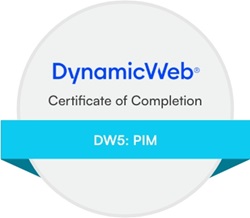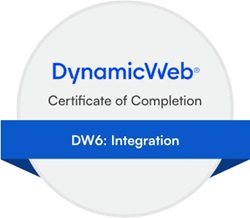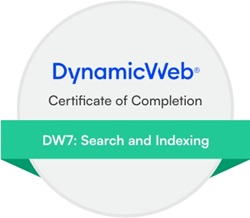Posted on 20/02/2019 09:19:15
Hi Kim
I understand - but do not agree that Google does not support canonicals using base href. I agree though, that their recommendation is to add domain - something they added because people does not understand the concept of canonicals - having the same page live on multiple domains with the same canonical path giving more than one url, which is wrong...
Dynamicweb handles that part using primary domain to ensure that only one domain/host can be used on a website.
Anyways, will add the option to use the primary domain if that is specified - if no primary domain is specified, I do not think we should add the domain as there could be more possible domains, hence sending wrong signals to Google. Agree?
Also today, Dynamicweb only adds the canonical if the current URL is different from the canonical. Should we change that so you can have the tag always if available? It seems to cause a lot of confusion...
BR Nicolai












